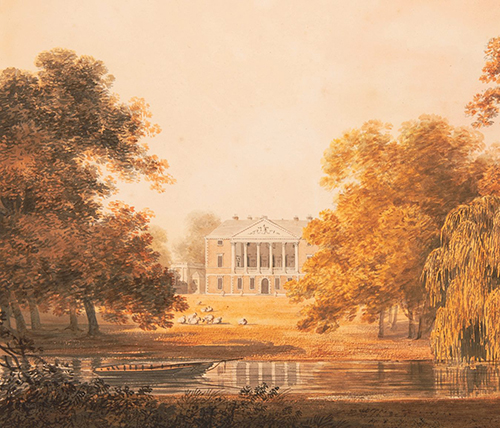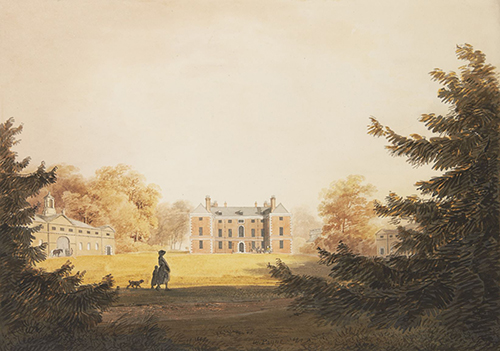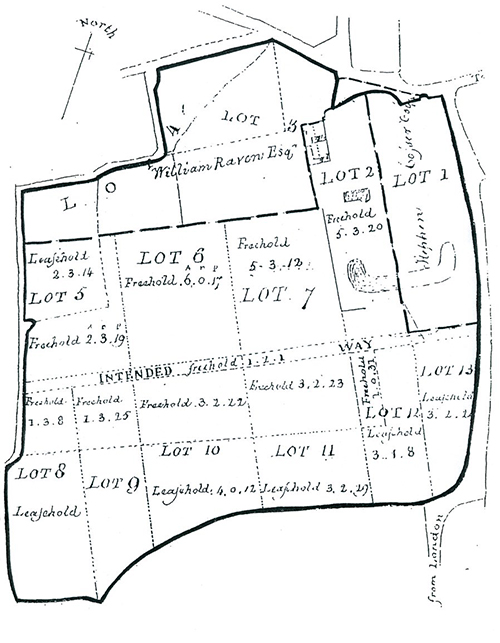Read on to find out more about the fascinating history of Gunnersbury and the people who lived here.
A good starting point for the history of Gunnersbury is the late 7th century, when the Saxon Kings of Essex were establishing a new Christian Bishopric and Cathedral for London. The Bishop of London was endowed with the Manor of Fulham, a vast west London estate administered from the Bishop’s Palace through local manors (a form of sub-contracted management and tax collection). Within it, Gunnersbury is first recorded in 1347, and a description of it around 30 years later is of a small estate of both arable and pasture, in a rather run-down condition.
For the next 200 years it was held by the Frowykes, a family of London merchants and lawyers. There would have been a manor house, which may possibly have been near to the junction of today’s Popes Lane and North Circular Road. Archaeological evidence suggests it may have been enlarged and upgraded in the late 15th century, as fashionable brick and tile was replacing timber and thatch.
This was the estate acquired by John Maynard during Cromwell’s Protectorate in the mid-17th century. Maynard was a successful lawyer from Tavistock who had been called to the bar in 1626. He practiced in the West Country and in the courts at Westminster Hall. His wife Elizabeth (the mother of his children) died in 1655.
Maynard’s second wife, Jane, was wealthy in her own right. By 1658 they were transforming the estate by building a mansion in the Palladian style and laying out a new walled garden. With 44 hearths, it was the largest house in the area, even visible from across the river in Richmond. It stood until 1800.
Maynard’s will was so complex it took nearly 50 years of court cases and Acts of Parliament to settle, and the estate was in a run-down condition by the time it was bought by the merchant Henry Furnese, MP, in 1730.
Furnese was fashionable, aware of aesthetic trends and a wealthy collector of pictures. His first actions in his garden were to try to make the walls of the terraces more authentic, but very soon he followed the new trend of shaping a more natural landscape by opening up to the west, converting farmland into parkland, constructing the Round Pond and Temple, setting up a new walled kitchen garden, replacing the terracing with sloping lawns and water and adding some garden buildings (now lost) around the new perimeter wall.
It was this estate which Princess Amelia bought in 1762. She added the shell grotto and a chapel. She may also have added “The Mews” to the forecourt - for 14 horses and 7 carriages.
Map of Gunnersbury House








